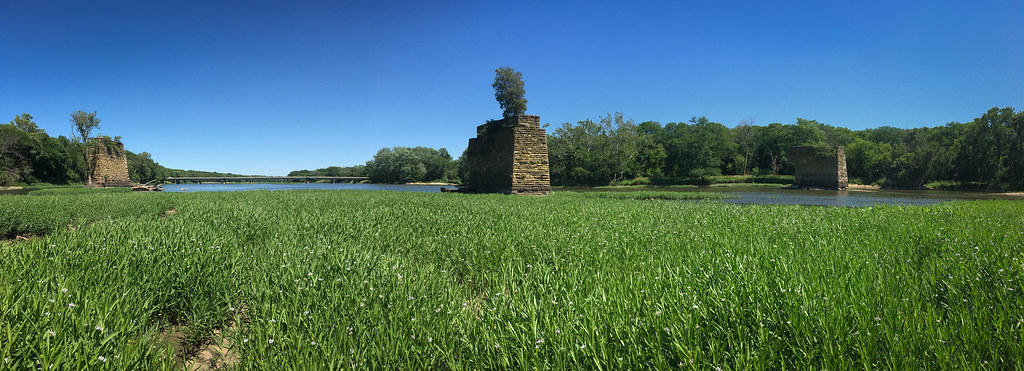Woohoodude11 said:
Its amazing the modes that come stock on these phones now. If they could get optical zoom, they could start to rival some of the entry level D-SLR's. So user friendly too.
You are pretty much right.
The great equalizers are the user and the viewer. Most people want to do nothing more than press a button and upload to anti-social media as quickly as possible.
Views are so bombarded with digital images today, I think their tastes have been dumbed down. Even when they see an outstanding image and they like it, they really can't articulate why.
Like you said, stuff far away- sports. Cellphone not so good. Other than that cellphone probably is good enough for most people. In non- challenging situations they are pretty amazing.
Cellphones have awesome panorama features, slo mo video and the video itself is pretty kick ass. They even shoot video underwater water pretty good these days!
Think about this, if you took a person ho has never used a point and shoot camera, only a cellphone and told them here..."once you take the picture, go home take the card out put in your computer...and then you can upload to your Facecrook account" They would look at you like you had a screw loose. LOL the image quality would probably be worse with P&S! The only reason I think a P&S would be better is for battery life.
When it comes to better cameras, even entry level cameras and kit lenses are powerful tools. In the hands of a person motivated to take a great shot and learn how to use them even an entry level DSLR is a powerful tool.
The sensor on a entry level camera is pretty darn close to that of a high end camera,. They really are. the differences are better build quality, faster focus, faster frame rates, better shutters, built in motors so you can use more and older lenses and lastly they are made so that you can change settings faster without going thru menus. Once you learn how to unlock what that camera can do even the entry level cameras can turn out amazing results.
The big difference between a DSLR is in the size of the sensor. Cellphones and most cheap point and shoots have
tiny sensors. So if you have two sensors of equal pixel count, say 16 mp and one sensor is a 10th of the size of the other, the pixels on the smaller sensor will have to also be smaller. Smaller pixels = less light gathering capability. So such cameras are not as good in low light situation. They produce noticably more digital noise.
More pixels give you more resolution, that's a good thing. But it comes at a cost in dynamic range. So if you have a picture with detail obscured in shadows that data won't be there. Part of this has to do is that the image was compressed into jpeg in the phone's processor it figures out via some engineers algorithm what part of dynamic range stays and what goes. That's why in harsh lighting it might only retain the mid-tones. Highlights are blown and shadows have no detail. Sometimes you want that, most not.
When you see great images coming out of a cellphone- it's more about the processing than than actual sensor. High end cellphones have really good processing. But what comes out of that camera is what you are stuck with, other than putting on various filters mimicking old film or something like that.
Most serious photographers shoot RAW uncompressed files and edit them in programs like Lightroom, PS or something similar. A RAW file has much more latitude for adjustment than a jpeg. There is more data in shadow and highlight areas, there are more colors so if the white balance is off you can adjust that too. You can also select areas to adjust. Pull up the shadows in just one area or knock down the highlights in another.
you heard the term "HDR" High Dynamic Range photography. That's where bracket 3 images. One normal exposure, one over exposed and one under exposed. Usually 2 stops either way. The camera or software combines them using the under exposed image for the highlights, and the over exposed for the shadows and the normal for everything else.
A RAW file from a modern DSLR sensor already has most of this data 2 EV either way. No problem at all.
It's quite astounding how much latitude a RAW file has. When I take an image out of my cellphone and try to edit it, there really is almost nothing there to edit. So essentially you are stuck with what came out.
In the grand scheme of things, how many people are willing to make this kind of effort. Not many.
 A Time Lapse of Tree Removal by Mark Kasick, on Flickr
A Time Lapse of Tree Removal by Mark Kasick, on Flickr A Time Lapse of Tree Removal by Mark Kasick, on Flickr
A Time Lapse of Tree Removal by Mark Kasick, on Flickr





